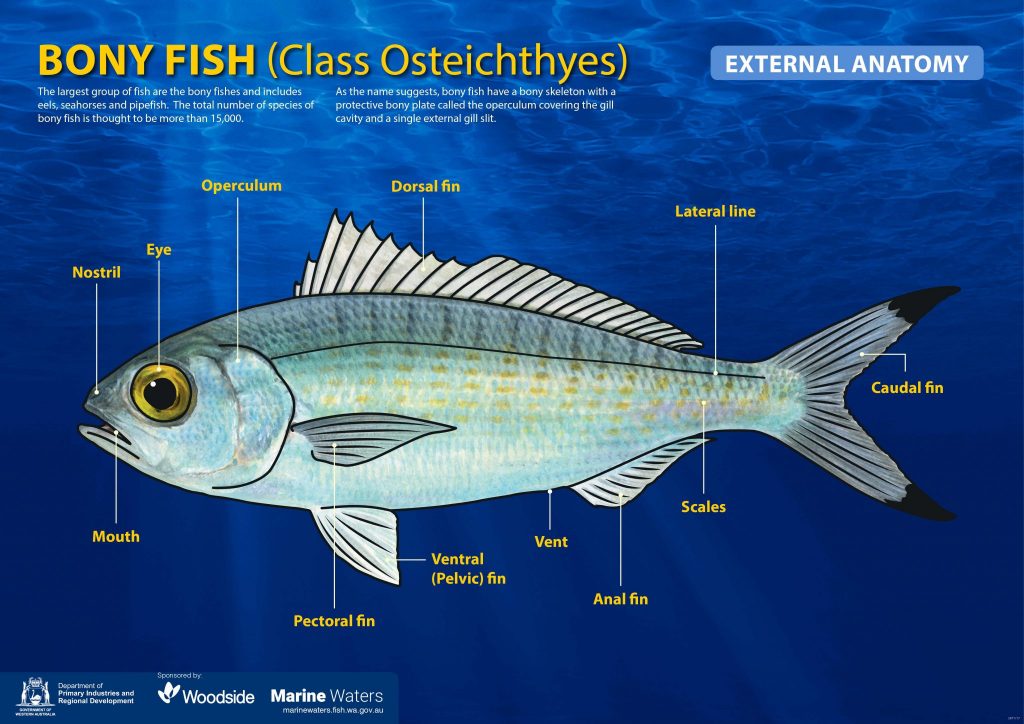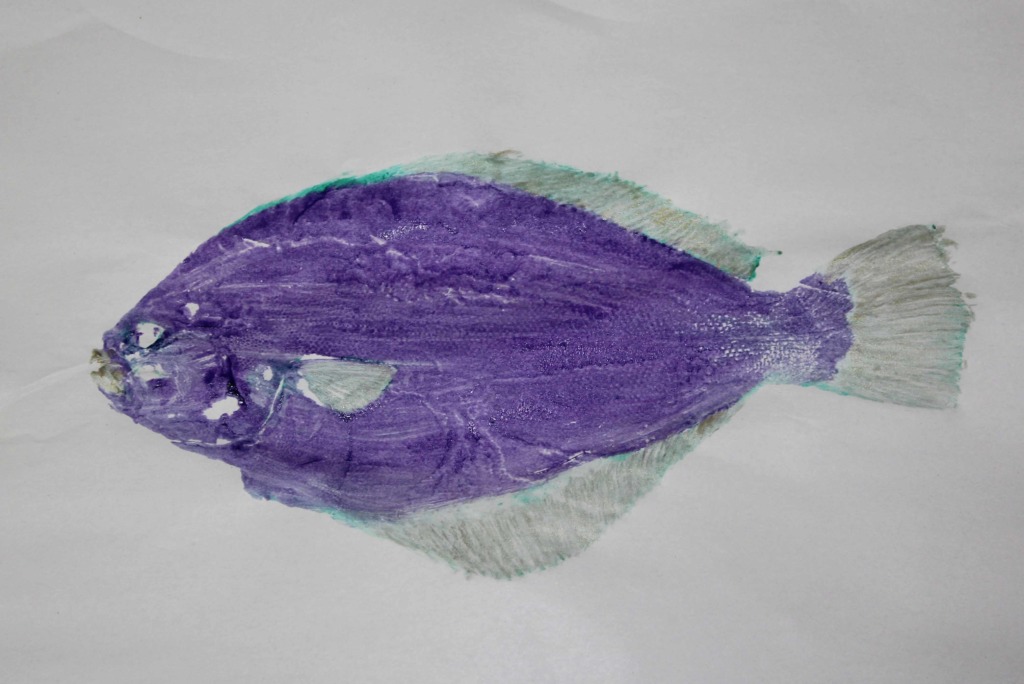This week’s lessons are aimed at Year 3 students and will explore the characteristics of fish, and in particular bony fish and compare them to the characteristics of some other marine organisms.
Let’s start at the beginning and ask the question ‘What’s a fish?’. Using the Presentation: Is it a fish? we’ll go through a number of aquatic organisms (some common, some not so common), of which some have the word fish in their name. If you have some non-fiction books about fish and/or sea creatures at home, you might like to use them to help you answer the question ‘is it a fish?’. You could also use the Fact Sheet: Fish Anatomy and the Poster: Bony Fish – External Anatomy.
Time to do some research! Using the Student Worksheet: Is it really a fish (Year 3)? research each of the animals listed either in the books you have at home, using our Fun Fact Sheet series, or using the internet. We’ve done the first one (a boxfish) for you.
In the next lesson, What’s the difference? (Year 3), you’ll compare the features of bony fish with the features of another group of vertebrate animals that live underwater, i.e. either marine mammals or marine reptiles. You’ll need your books again or access to the internet. Use Student Worksheet: What’s the difference? to collate your findings about each group. This worksheet uses a graphic organiser called a Venn diagram to organise your information. One circle represents the information about fish, the other circle represents the information about the other group of animals you have chosen to research. The section in the middle (where the two circles overlap) is where you will list your information that is the same for both groups.
By now, you should have a pretty good idea about the features that make a fish exactly that! A very long time ago, well before digital cameras and phones, people made records of fish using a very interesting process called gyotaku (gyo – meaning fish; taku- meaning rubbing). You can try to replicate this process at home. You will need a real whole fish, not frozen (it doesn’t have to be very big), some poster paint and a piece of paper, larger than the fish you have – we find butchers paper works better than printer (photocopy) paper. Check out this video on YouTube first – https://ed.ted.com/lessons/gyotaku-the-ancient-japanese-art-of-printing-fish-k-erica-dodge. Check out the Lesson: Gyotaku to find out how to create your own fish print. Once you’ve completed your fish print, label the features that make a bony fish, a fish. You could make more prints to use as very unique cards and/or wrapping paper.
Still wanting to do some more activities centred around fish? Have a look at the Fishy Fun section – there’s heaps more to learn about bony fish!
We’d love to see pictures of your learning journey and especially your fish prints if you do them – share them with us either via email – marinewaters@fish.wa.gov.au, Facebook (@MarineWATERS) or Instagram (@marine.waters).


